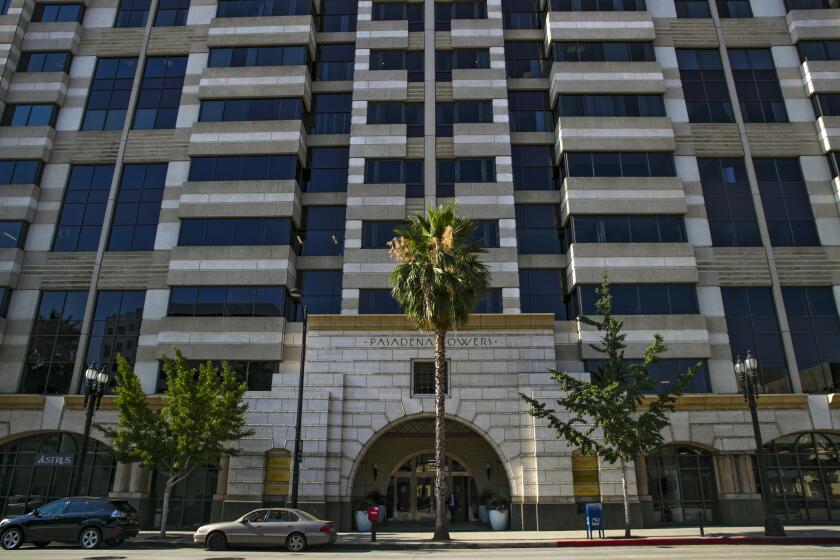Signs of Slowing Economy
The U.S. economy appears to be shifting into a lower gear, with residential construction falling sharply and manufacturing activity slowing. The big question: Will the slowdown come in time to keep inflation from heating up?
Investors got mixed signals on inflation in a raft of new economic data Thursday. A key gauge of wage inflation rose at a more moderate rate than initially thought, and a barometer of manufacturing prices saw a sharp increase.
On the slowdown front, the Commerce Department reported that spending on residential construction dropped 1.1% in April, the biggest decrease since January 2004.
The drop was large enough to pull overall construction spending down 0.1% after the building industry set a string of record highs in recent months, reflecting a boom period fueled by the lowest mortgage rates in more than four decades.
In other signs of slowing, a key gauge of manufacturing activity edged down to the lowest level in nine months. The Institute for Supply Management’s manufacturing index slipped to 54.4 in May from 57.3 the previous month.
Analysts said manufacturing momentum had ebbed significantly over the last four months, reflecting weaker orders. But an inflation gauge tied to the manufacturing index jumped by the sharpest amount in eight months, reflecting rising costs for raw materials.
“The economy is strong, but it is throttling back a notch,” said Mark Zandi, chief economist at Moody’s Economy.com.
He said Federal Reserve officials probably would remain undecided about whether to raise interest rates again at their June 28 and 29 meeting until they saw further data, including Friday’s unemployment report, which is expected to show strong job growth of about 170,000 workers in May.
In another report of slowing housing activity, the National Assn. of Realtors said its index for pending home sales fell for a third straight month in April, dropping 3.7% from the March level. This index tracks sales of previously owned homes for which a contract has been signed but the deal has not yet gone to closing.
Home sales have been hurt by rising mortgage rates, which climbed this week to a four-year high of 6.67% for 30-year mortgages, Freddie Mac reported Thursday.
Also giving support to the belief that inflation pressures will stay contained was a Labor Department report that revised its estimate of first-quarter productivity gain to 3.7%, better than an initial reading of 3.2%.
And unit labor costs, the amount employers must pay for each unit of production, rose at a moderate 1.6% rate in the first quarter, down from a worrisome initial reading of 2.5%.
Although increasing wages are good for workers, the Fed keeps a close tab on wage pressures for signs that inflation is getting out of control. Higher productivity means that workers can be paid more from their increased output without forcing employers to boost the price of their products.
For April, total construction spending fell to a seasonally adjusted annual rate of $1.2 trillion. The 1.1% drop in residential construction was offset somewhat by a 2.5% rise in nonresidential activity, reflecting solid gains in office, hotel and shopping center activity.
Spending for public construction projects dropped 0.2%, with state and local activity falling 0.3%. Spending on federal projects surged 0.6% to a record-high annual rate of $20 billion.
More to Read
Inside the business of entertainment
The Wide Shot brings you news, analysis and insights on everything from streaming wars to production — and what it all means for the future.
You may occasionally receive promotional content from the Los Angeles Times.










